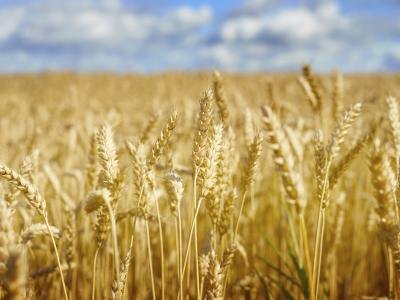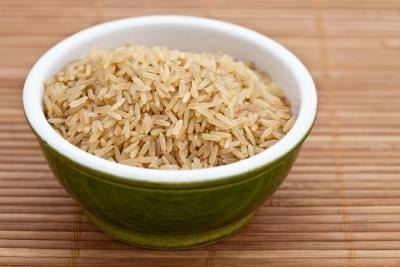Foods to Avoid With Anemia
Anemia describes a condition in which red blood cells are less able to carry oxygen around the body. There are several different types of anemia, caused either by a deficiency of one or more nutrients such as iron, vitamin B-12 or folate (also known as folic acid); by a genetic blood disorder called sickle cell anemia; or by an underlying malady such as kidney disease. Common symptoms include fatigue, dizziness and breathlessness. Absorption of iron and folic acid can be affected by the foods you eat, so certain foods should be avoided with these types of anemia.
Avoid Tannins

Tannins are naturally occurring substances found in many plant-based foods, and they are what give these foods an astringent taste. They are found in black, green and rooibos tea; coffee; grapes and wine; sorghum and corn. They can interfere with nonheme iron absorption from plant sources such as beans, legumes, spinach and other dark-green leafy vegetables. If you are suffering from iron-deficiency anemia, foods with tannins should be avoided.
Gluten

Gluten allergy as seen in celiac disease can cause damage to the intestinal wall, preventing nutrients like folate and iron from being properly absorbed. If left untreated, this malabsorption can lead to anemia. Gluten is found in wheat, barley, rye, oats and foods made from these grains. Gluten should only be avoided, however, if you are allergic to it.
Know Your Phytates

Phytates, or phytic acid, is generally found in foods with high fiber content such as whole-grain wheat, legumes, nuts and brown rice. Refined versions of these foods such as white rice or white flour have had the bran removed and therefore contain less phytic acid. Phytates bind with iron in the digestive system, inhibiting its absorption.
Other Dietary Interactions

Calcium can interfere with iron absorption, so consuming calcium-containing foods with iron-containing foods will affect how much iron you absorb. For this reason, it is best to have calcium-containing foods at different times from sources of iron. For example, beef, beans and lentils shouldn't be eaten with milk, cheese and yogurt.
Zinc is necessary for folate to be absorbed properly, so obtaining adequate folate in your diet is essential with folate-related anemia. Good sources include oysters, liver, meat, eggs and legumes. Vitamin C helps convert the nonheme iron in vegetables into a usable form, so consuming foods high in vitamin C, such as citrus fruit juice, asparagus and bell peppers, with nonheme iron will aid absorption.
Zinc is necessary for folate to be absorbed properly, so obtaining adequate folate in your diet is essential with folate-related anemia. Good sources include oysters, liver, meat, eggs and legumes. Vitamin C helps convert the nonheme iron in vegetables into a usable form, so consuming foods high in vitamin C, such as citrus fruit juice, asparagus and bell peppers, with nonheme iron will aid absorption.
Increasing levels of iron and vitamin C found in foods like lentils, beans, chickpeas or citrus fruits.
Increasing your intake of Vitamin E by eating foods like garlic, onions or olive oil can help thin the blood so it easier to pump blood throughout the body.
Increasing your intake of Vitamin E by eating foods like garlic, onions or olive oil can help thin the blood so it easier to pump blood throughout the body.
Cutting foods like sugar, fat and toxins like alcohol will help you lower cholesterol levels which can cause damage to the arteries and impact blood flow.
Step 3
Plan meals that contain good sources of iron such as wholewheat bread, cereals, eggs, leafy green vegetables, beans, dried fruit, shellfish, liver and beef.
Take vitamin C supplements and eat foods high in this nutrient. Vitamin C is facilitates the absorption of iron in the body and low levels can cause insufficient amounts of iron to be absorbed. Add foods rich in vitamin C such as citrus fruits, kale, peppers and kiwis to the diet.
Step 4
You may need to take iron for several months or more to replenish adequate stores of this nutrient. However, if symptoms do no diminish, the underlying cause may be other reasons such as Crohn's disease, celiac disease or irritable bowel syndrome that affects nutrient absorption.
You Might Also Like
You Might Also Like












